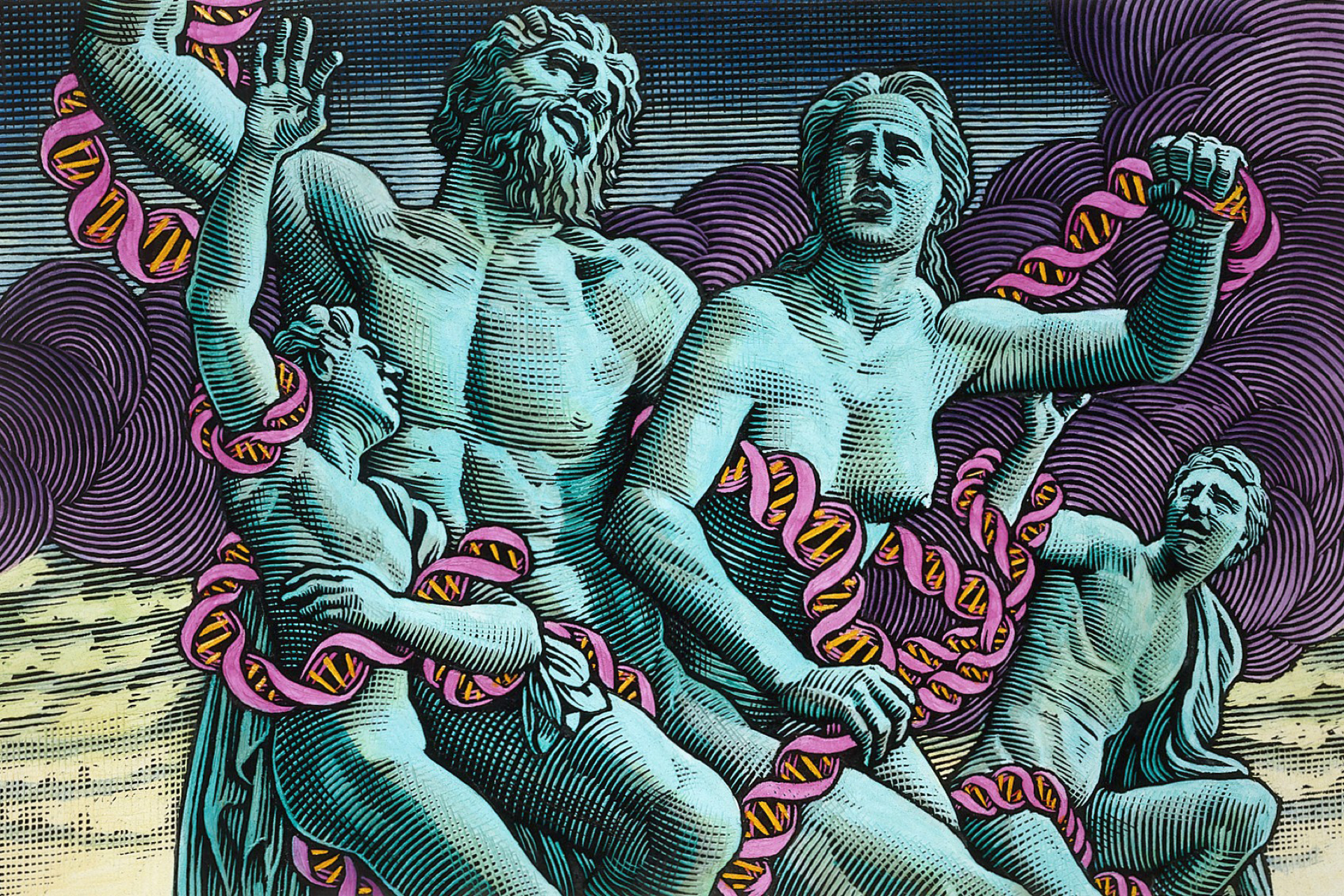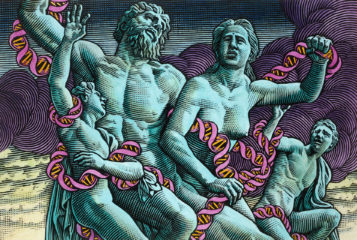The donation of gametes and embryos must be done with the consent of the donor, otherwise important rights are breached. Valid consent must be voluntary and coercion can undermine voluntariness. But how is coercion defined? Coercion is where one or more parties force another party to act in a way that the coercing party desires, which means that it shares something with offers, incentives and persuasion, but differs by relying on the power of a credible threat.
However, unlike the offer of money, coercion puts the victim in a 'lose/lose' situation because whether or not the victim does what the party requires, they are worse off than they would have been, had the threat not been made. Coercion is also a matter of degree and there are many philosophical questions about what degree of coercion, or what kinds of coercion are morally wrong, and what is sufficient to invalidate consent.
We can leave aside questions about when coercion undermines voluntariness, because - even if it can be clarified and its ethical significance made clear - there are practical problems with its detection. This is especially true when trying to find out the prevalence of coercion in gamete and embryo donation, particularly in its detection in specific cases. If we want to find this out - to determine what kinds of policy response may be required - empirical studies are problematic because many coercive acts involve a degree of secrecy or concealment.
As stated earlier, coercion involves one party forcing another party, via the power of threat, to do something that he or she does not want to do. But the coercive threat only has power if it is not made public, which makes it hard to investigate. But even if we could do so, an ethics committee is unlikely to approve such research, because the victims of coercion might be put at further risk.
However, in the absence of empirical data, we can still reflect upon how prevalent coercion might be in this context. In addition, for this to occur certain factors often need to be in place, for example the coercing party must know that some other party does not want to donate; he or she must strongly want the other party to do so; there must be an opportunity to threaten the other party; there must be sufficient power to render the threat credible; and finally there must be a willingness to risk the costs of coercion, such as social opprobrium or legal sanction should the coercive threat be revealed.
It is therefore unlikely that coercion is prevalent in altruistic, anonymous donation, because there would be little motive and/or opportunity. In the context of familial donation - where gametes are donated for the use of other family members - the conditions for coercion are in place, because family members may have a strong interest, as well as the knowledge and opportunity, and asymmetries of power. In some cases, there may also be a willingness to coerce in quite extreme ways. The above situation could equally apply to donation targeted at friends or known others.
If we accept that coercion - of a degree sufficient to undermine voluntariness - may occur in the family context, the problem of the detection and identification of coercion in particular cases arises. Unfortunately, we not only face the problem that coercion involves concealment, but new problems also arise. Firstly, the frequency of extreme coercion is likely to be low, and a policy of trying to detect this is certainly going to end up targeting the vast majority of uncoerced cases.
To find out about coercion, different lines of questioning, or more subtle forms of investigation, may therefore be needed. But in some contexts, asking a question, or feeling that one's family is being put under suspicion, can be insulting, distressing and taken as disrespectful. In addition, those involved in pre-donation counselling may feel that their role has now become one of a detective and that the counsellor-donor relationship is undermined.
Donors may also be put off, and the overall effects of such a policy might be highly counterproductive, while the strongest cases of coercion are the ones least likely to be discovered. Pre-donation counselling allows the opportunity for coercive pressures to come to light, consequently some cases of coercive donation are likely to be avoided this way.
The question is therefore - Should the donation process be more tightly regulated to ensure that no coercive donation, in such a way as to undermine voluntariness, occurs? The answer to which is: No. But the conclusion is somewhat paradoxical, because even though we believe that some gamete and embryo donation may be coerce the distinctive epistemic features of coercion - how coercion is known or knowable - suggests that we should not try to introduce policy revisions which seek to eliminate coercive donation altogether.






Leave a Reply
You must be logged in to post a comment.